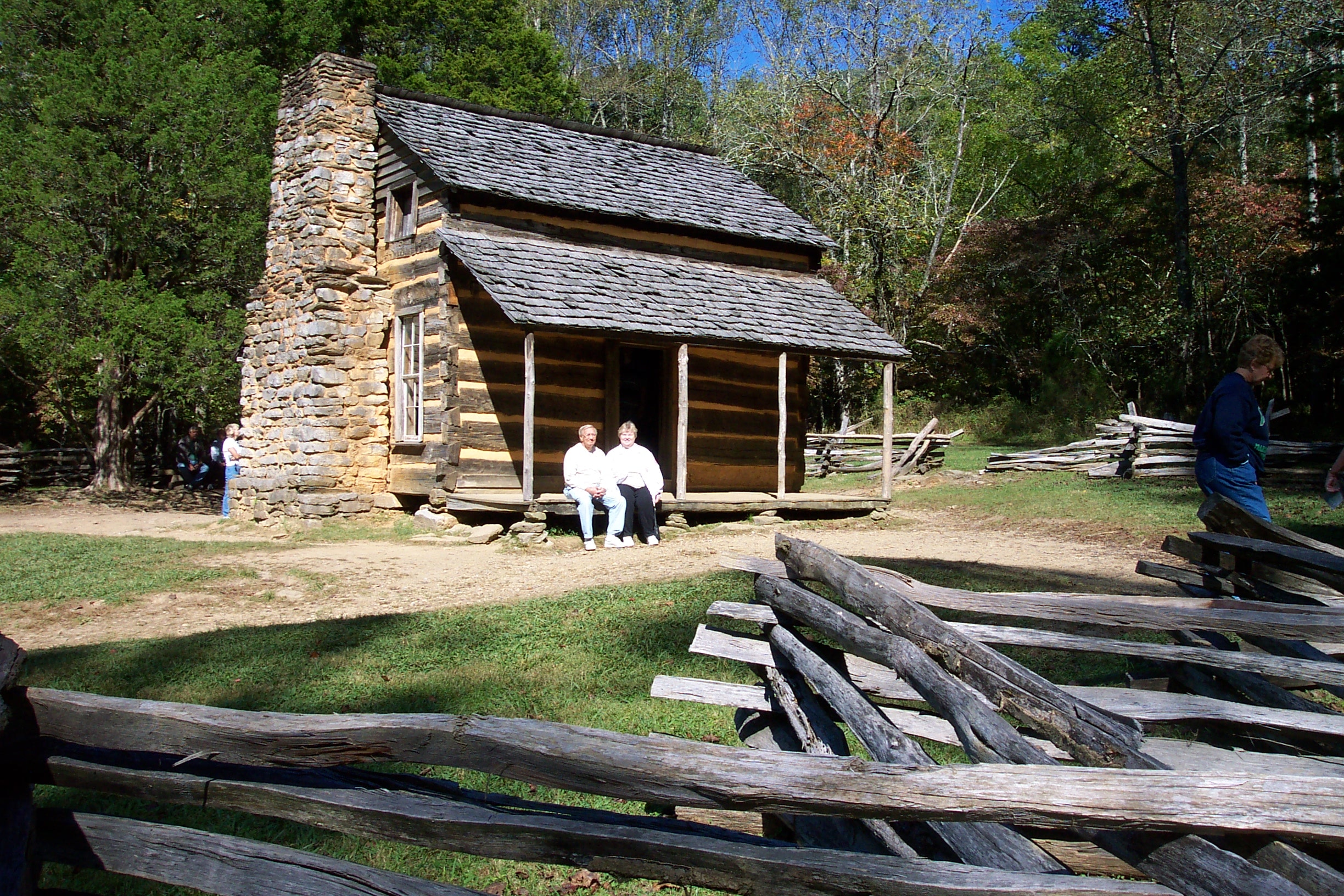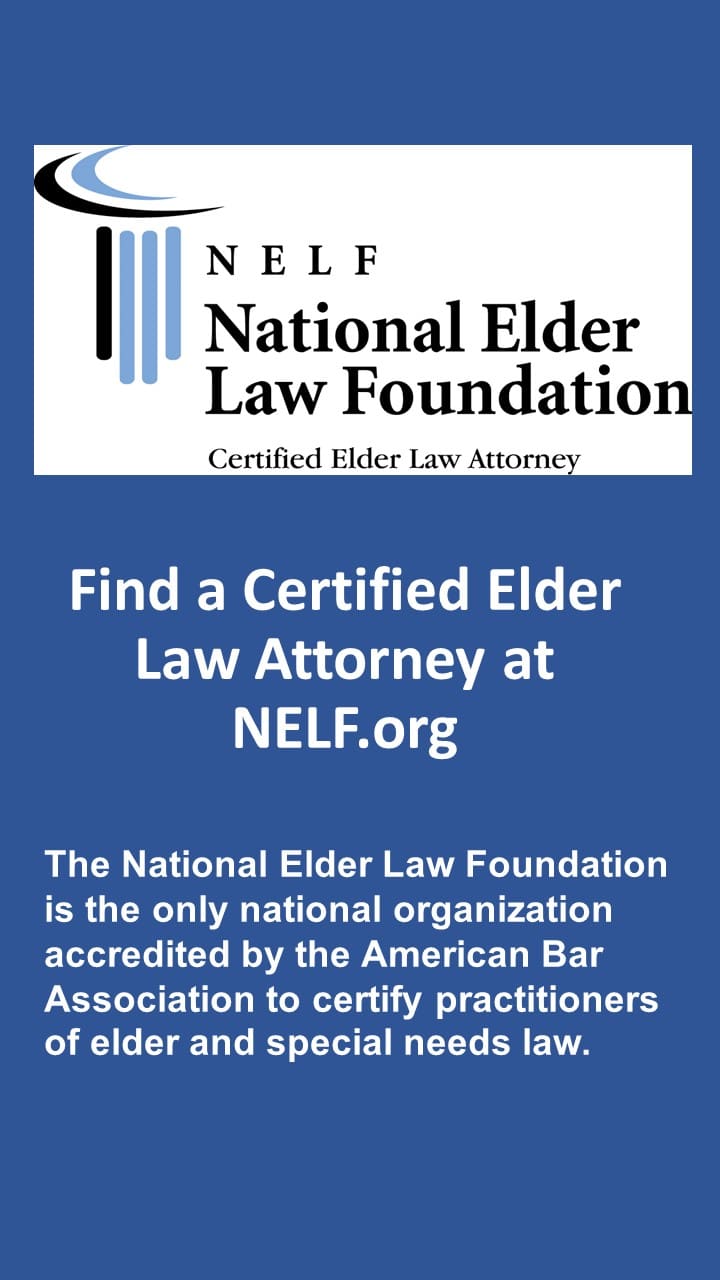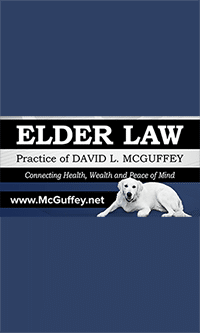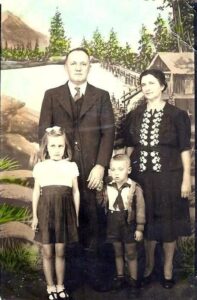In a Texas case decided on May 3, 2024, the Texas Supreme Court reversed the Court of Appeals and trial court, siding with the Medicaid agency on whether a home purchased after admission to a nursing home was exempt.
Clyde and Dorothy Burt sold their home to their daughter and moved into a rental property. About seven years later, they moved into a skilled nursing home. They then used countable resources to purchase a one-half interest in the home they previously sold to their daughter. They then executed a lady bird deed (not something allowed in Georgia) in favor of their daughter. The Burts then claimed their interest in the home was an exempt resource. The Medicaid agency “reasoned that the property interest was not excludable as the Burts’ home because the home had not been the Burt’s’ residence in the years before they entered the nursing facility.”
The Texas Supreme Court found that “federal statute and federal and state regulations, “home” must be understood as an “actual, lived-in residence”; otherwise, an applicant could exclude any interest acquired after the claim for assistance arises based on the applicant’s declared intent to make it a future home. Because the Burts neither lived in the Cleburne house when they applied for Medicaid assistance, nor lived in it during the period before their entry into the skilled-nursing facility, the value of their interest, acquired using Medicaid-available resources after their admission to the skilled-nursing facility, is not excluded.”
Although much of the opinion is result oriented, it specifically relies on 20 C.F.R. § 416.1212(a) which defines a home as “any property in which an individual (and spouse, if any) has an ownership interest and which serves as the individual’s principal place of residence.” The Court found this means current, not future, residency. Its conclusion was:
Residence is “the act or fact of abiding or dwelling in a place for some time.”The Burts did not principally abide or dwell in the Cleburne house. Rather, their principal place of residence before their claim for Medicaid assistance arose was a rental house; thereafter, it was a skilled-nursing facility. Because the Burts did not reside in the Cleburne house in the period before their claim for Medicaid assistance arose, it was not their principal place of residence. Their ownership interest was not concurrent with the Cleburne house serving as their principal place of residence, and therefore it is not an excludable “home” under the federal or state regulations.
The dissent found that the Court’s opinion was too narrow and stingy. It argued that the Court graphed an occupancy requirement onto the federal regulation where none exists. Further, “the Burts had occupied their Green River Trail home before applying for Medicaid—for 36 years.” Further, under the Court’s opinion, ” if the Burts had sold to the Wallaces and rented from them for even one day before repurchasing their half interest in the home, the Court wouldn’t dispute that they were intending to “return” to the home they had long occupied.” The State’s manual requires the State to accept the applicant’s statement regarding residency and “[v]ery literally, when the Burts applied for Medicaid, they owned a home they’d occupied before entering a nursing facility, they considered it to be their established or principal home, and they intended to return to it.” The dissent also noted that the Court’s reliance on the look-back statute in justifying it’s decision is misplaced. The look-back only applies when there is a transfer for less than fair market value, which was not the case here.






